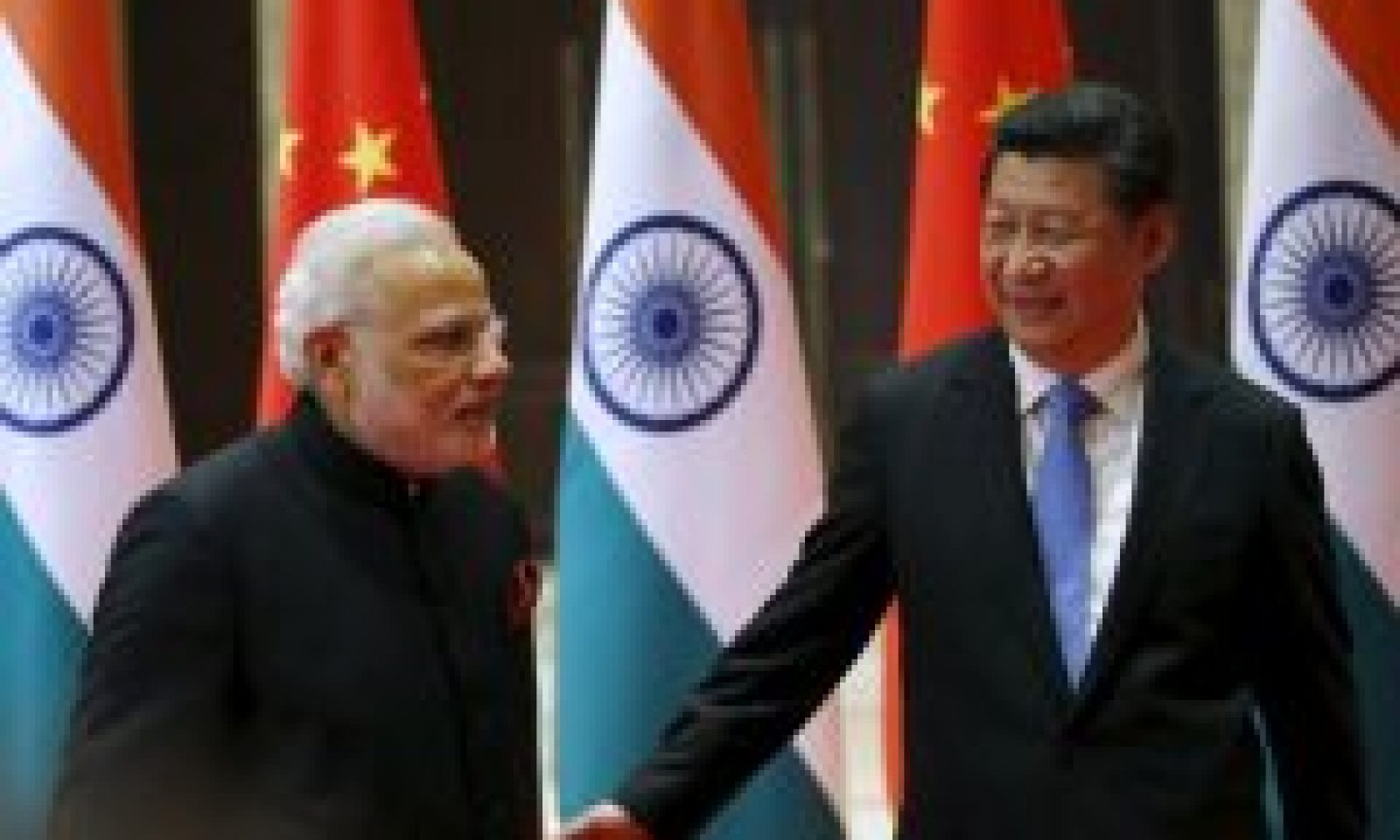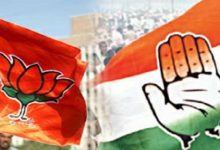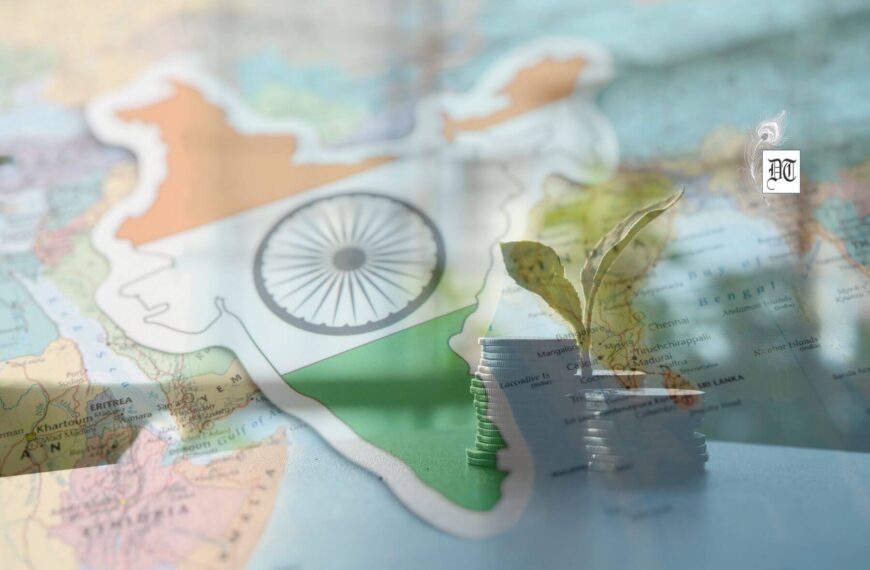Fundamentally, Chinese and Indian protectionism differ widely. Even though the aim of protectionism was common, that is, fostering the domestic industry behind the wall of high tariff, non-tariff barriers and hidden subsidies, Chinese protectionism was aimed at making the nation a global hub for manufacturing while India’s protectionism was to make the nation self-sufficient in manufacturing. Here’s an analysis for Different Truths.
Controversy roared when Prime Minister Narendra Modi sneered at protectionism and sided with Chinese President Xi Jinping to advocate globalisation in Davos. Nevertheless, China too towed protectionism in the early stage of development. Its strategy helped to push the country as the global hub for manufacturing behind the wall of protectionism and swamped the world with cheap goods. In contrast, Indian protectionism languished and manufacturing, despite giving protection to the domestic economy, accounts for merely 18 percent of GDP in India as against 40 percent in China.
Fundamentally, Chinese and Indian protectionism differ widely. Even though the aim of protectionism was common, that is, fostering the domestic industry behind the wall of high tariff, non-tariff barriers and hidden subsidies, Chinese protectionism was aimed at making the nation a global hub for manufacturing while India’s protectionism was to make the nation self-sufficient in manufacturing. Chinese protectionism was to build up the industry with high scale of economic operation to produce cheap goods and make a foray into the global export market. Indian protectionism was to build up an industrial society with the focus on employment generation and industrial sovereignty.
Why has Chinese protectionism succeeded in establishing the nation as a global leader in manufacturing while India is languishing? Only a few big domestic houses are playing the lead role in manufacturing in India while reaping the benefits of protectionism. Faulty policy and politics embedded reforms led the country to lose the global footprint in manufacturing. Unlike China, India lost the benefit of the scale of operation, because of its excessive focus on small-scale industries, whose main objective was employment generation and not manufacturing to prop up competitive industrial growth. Despite the country undergoing three decades of reforms, politics continues to be the rule of the day. Whenever politics dominates, reforms backtrack.
Protectionism has emerged as an important tool for the politician to have an edge in politics. Any reform, which is distant from short-term gain, accords the opposition an important political tool to dismiss the gain. Prime Minister Narendra Modi committed 100 million jobs as an outcome of Make in India initiative. But, employment generation remains a far cry with the Make in India losing steam during the three years of Modi regime. Sensing the impact of the dismal situation, policymakers reverted to protectionist measures to pacify job seekers.
Evidently, the first attempt of the protectionist policy was witnessed when India went back to the import substitution programme. The government re-launched the import substitution programme to inject a new lease of life in the Make in India initiative. In 2016, the Ministry of Urban Development made it mandatory to procure railway equipment for metro projects from domestic sources. According to the policy, a minimum of 75 percent of metro coaches and critical signaling equipment is to be procured from domestic sources by the Central and State level metro project authorities.
The second tranche of import restriction was made when in December last import duties were raised on various electronic items, including mobile phones, microwave ovens, cameras and others. The move was viewed as a step to bolster employment through incentivizing domestic industries. It did not end here. The move was further accelerated by imposing high tariff barriers on auto components, CKD and CBU motor vehicles, bus and truck tyre and perfumes and toiletries in the budget for 2018-19. These hikes in customs duties were mainly to protect the domestic industries.
To this end, eyebrows are raised on Modi’s advocacy for globalization. NITI Aayog Vice Chairman Rajiv Kumar said in a recent Budget discussion that he “hoped” that the high tariffs in the budget were temporary phenomena”. They further asked whether protectionism can give a fresh lease of life to Make in India, which is tottering. The main objective of Make in India was to make India the global hub for manufacturing.
Given the current trend of world manufacturing, where global value chain of manufacturing (GVC) plays a crucial role, can protectionism provide a viable platform for GVC? The important benefit of GVC is the low cost of production at the transnational level. GVC does not attract foreign investment only but also entices cheap imports from the low-cost viable nations. Hence, protectionism will act as a barrier to GVC’s role in Make in India programme.
Labour intensive industries in developing countries have worked well in the GVC manufacturing network. Automobile, electronics, and digitisation are the heydays for world manufacturing. India is required to fit into this GVC network for the success of Make in India.
So far, India has trailed behind in this race. Lack of adequate skilled labour, lackluster export infrastructure, limitation of scale and difficulty in accessing cheap credit restricted India’s scope to be a partner of GVC network. These economic ills shadowed India’s potential as manufacturing–exporter, an essential part of GVC. The success of GVC manufacturing network depends on how the component makers, dubbed “Supporting Industries”, function efficiently to upgrade the technology at a reduced cost and provide benefits to the assemblers.
Opportunities rose with the rise in wages in China, Thailand, Malaysia, and Indonesia– the main partners for GVC in East Asia and ASEAN. India pitches as a low wage country. But only the cheap wages are not enough. Technology upgradation, skilled manpower, and better export infrastructure are also essential for India to become potential partner party to GVC manufacturing network.
Even though India underwent transformational changes from traditional industries to modern industries, such as automobile and electronic industries, the upgradation is required to make the country potent to GVC network for manufacturing, like Vietnam and other South East Asian countries.
Interestingly, China too is attuned to protectionism. Even after the rollback of several protectionism measures, China continues to be in the long band of trade restrictions. For example, the average MFN applied rate of duties on modern manufacturing merchandises is higher than India. In 2015, the average MFN applied rate of duties on electrical items was 8.9 percent in China, compared to 7.3 percent in India; on non-electrical items were 8.2 percent in China compared to 7.1 percent in India and on other machinery were 12.1 percent compared to 8.8 percent ( according to a survey by Assocham).
Therefore, India should have an outward-looking approach for industrial growth, while polarizing on protectionism.
Subrata Majumder
©IPA Service
Photo from the Internet
#China #India #ASEAN #IPA #DifferentTruths





 By
By

 By
By